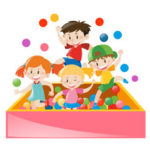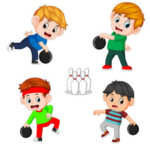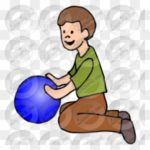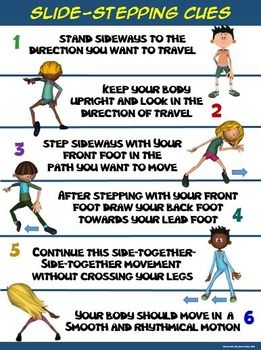
by Neetu | May 28, 2021 | Manthan
Learning Outcome
Walking efficiently, discovering walking technique, body awareness (e.g. use of arms), and time and energy.
Activity Description
Ask ‘Can you walk …?’
leaning forward
leaning backward
being tall
with your toes pointed inwards like you are pigeon-toed
with your toes pointed out (like Charlie Chaplin or a ballet dancer)
with your toes pointed straight ahead
with long strides
bouncing up and down
swinging your arms high
with your arms by your sides
with your best style
Required Material
4 Boundary cone
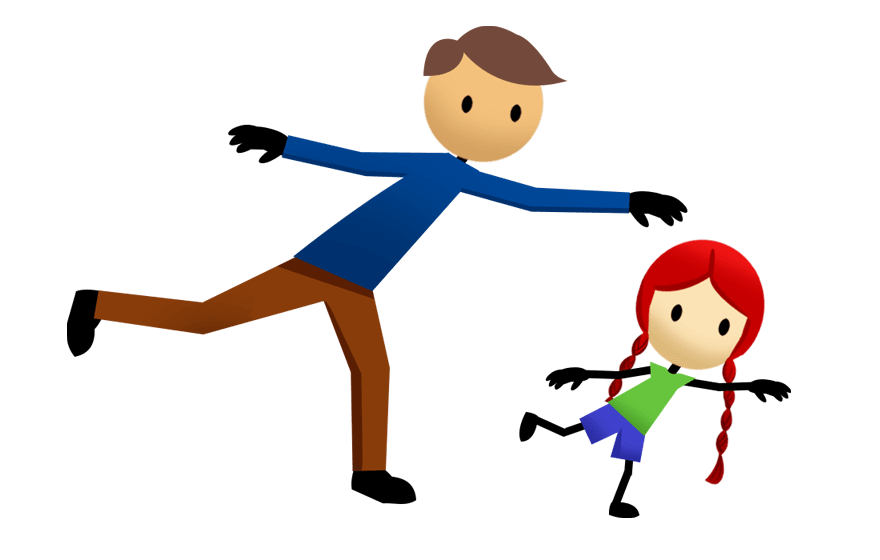
by Neetu | May 28, 2021 | Manthan
Learning Outcome
This activity develops coordination and balance.
Activity Description
Either indoors or outdoors, show your child a balance pose, and encourage your child to imitate you as you hold the pose.
Stand up on the tips of your toes, arms stretched straight overhead.
Stand on one leg, the other leg bent at the knee, arms raised straight sideways like wings.
Stand on one leg, arms raised straight sideways like wings, bend forward at the waist, and lift rear leg (airplane pose).
Stand on all fours, head down, rear in the air (downward dog pose in yoga).
From all fours, raise and hold one leg high in the air.
From all fours, raise and hold one arm high in the air.
* Adjust the difficulty of the pose according to the age and ability of your child. * Invent other balance poses together use your imagination!
Required Material
4 Boundary cone

by Neetu | May 28, 2021 | Manthan
Learning Outcome
This activity develops coordination and balance as kids try to imitate the movements of different animals.
Activity Description
Either indoors or outdoors, pretend to be different animals with your child.
Flap your arms like bird wings and fly around obstacles.
Hop on all fours like a frog, and say Ribbit-ribbit-ribbit.
Hop on two legs with feet together, and pretend to be kangaroos.
Bend your knees, walk with your legs far apart, and swing your arms like chimpanzees.
Walk on feet and hands and pretend to be a reptile.
Walk on hands and knees and pretend to be kittens saying meow.
Slide on the floor or ground and pretend to be snakes saying hiss.
Invent other animal ideas and noises.
Required Material
4 Boundary cone

by Neetu | May 28, 2021 | Manthan
Learning Outcome
Students will be able to perform the locomotor skills and will be able to call out what letter (or number) they have landed on.
Activity Description
Today we are going to learn how to gallop, just like a horse! Demonstrates how to gallop: USE RELEVANT SKILL CARDS In galloping, you step forward with one foot that is always your “lead” foot. The toes of your back foot chase the heel of your lead foot, like skipping. Both feet leave the ground, and you land on your back foot, followed by your lead foot. When galloping, point both feet forward. Arms swing forward at the same time the back foot moves forward. Head up and look forward. Practice: Ask children to gallop in a line to the opposite side of the activity space. Gallop alongside any children who have difficulty (model the movement). With a partner, children spread out around the activity space and practice the “step-toe-to-heel” pattern. Invite children to gallop and work together to make shapes as they gallop (circle, figure eight, triangle). Following a line on the floor, the leader should encourage children to try galloping with opposite foot leading.
Required Material
4 Boundary cone, Hurdles

by Neetu | May 28, 2021 | Manthan
Learning Outcome
To help children understand body part names and locations.
Activity Description
1.A fun beginning activity is simply to ask children to locate with their hand different parts of the body.
2.Children can be sitting on their carpet squares in a circle at the beginning or end of
class.
3.A list of somebody parts for children to identify is listed below.
Head, Back, Elbow, Nose, Wrist, Feet, Ankles, Shoulders, Stomach
song -Head, Shoulders, Knees, and toes (Musical Activity) https://www.youtube.com/watch?v=h4eueDYPTIg
Required Material
4 Boundary cone

by Neetu | May 28, 2021 | Manthan
Learning Outcome
How to find personal space with the help of a bubble.
Activity Description
This activity develops each child’s awareness of personal space and promotes safety. Tell the children to stand up and spread out so they are not touching any other things. Demonstrate what their “space bubble” is. Keep feet on the ground and reach arms in all directions. You should not be able to touch anyone else. Ask the children to make their own space bubble as you demonstrated. Explain: To stay safe, their bubble should not touch anybody else or any objects around them, such as walls or equipment.
Required Material
4 Boundary Cone, Spot marker








